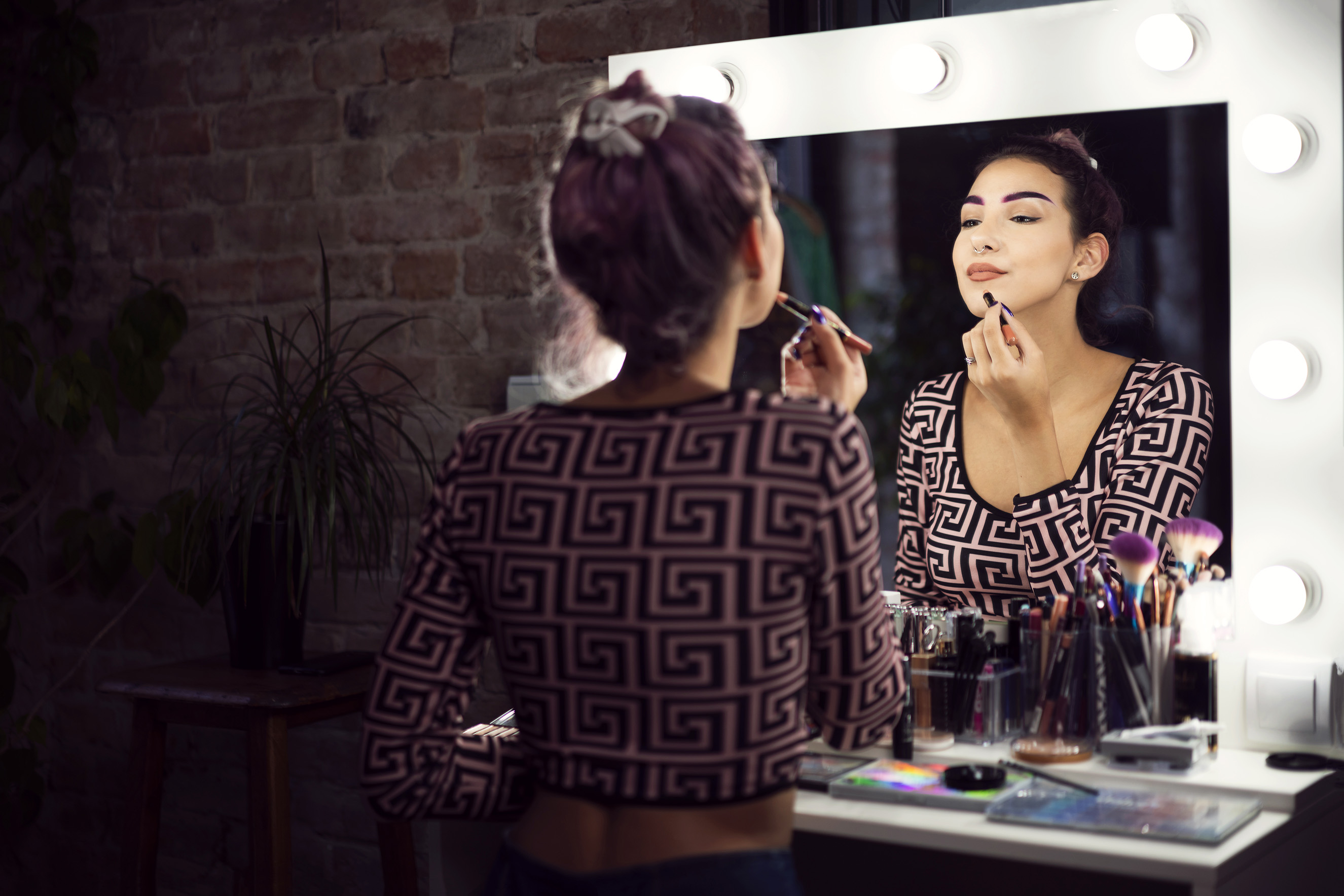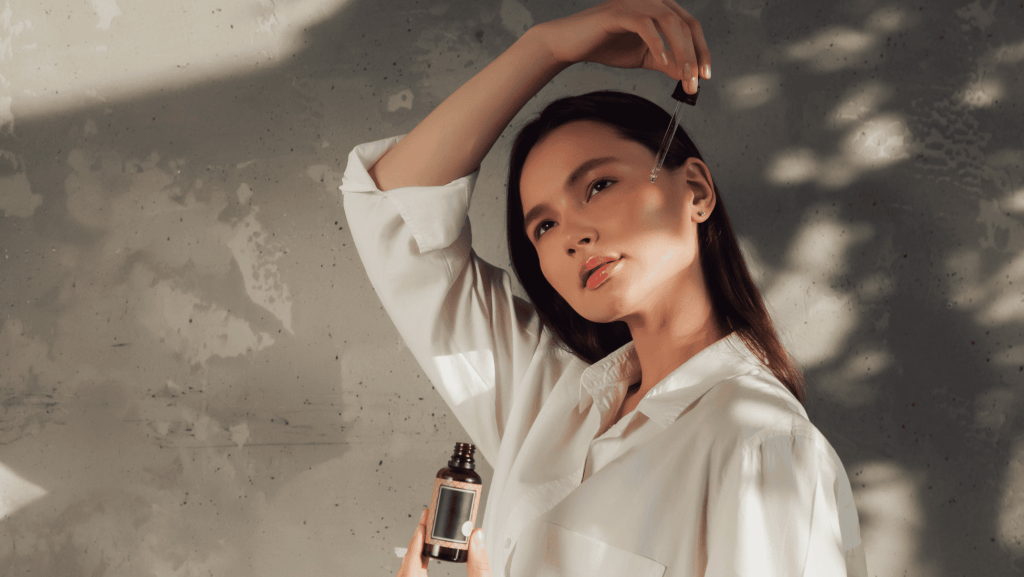Beauty Industry Profile in a Pandemic
Normally, the beauty industry is pretty recession-proof, growing at a rate of about four percent annually. However, in 2020, the industry actually declined by eight percent, illustrating the power of social interaction as the primary driver of growth.
During the pandemic, skincare products took up the largest market share with 44 percent, followed by haircare at 22 percent. Makeup was third at 16 percent. As people focused more on self-care, makeup and fragrance took a dip, while skincare and haircare increased.
Beauty segments
When looking at the industry as a whole, we’ve broken it into six unique categories: conglomerates, beauty groups, niche, private label, micro, and indie.
Let’s look at two of these segments to understand how they operate:
Conglomerates
Think of big brands like Dove or Neutrogena – these companies have a broad reach and a massive market share. Overall, conglomerates hold 38.6 of the market, and the companies often absorb micro-brands to expand their product lines. So even though conglomerates own six percent of the total beauty brands, they make up almost 40 percent of the sales.
Beauty Groups
Rather than producing their own products, beauty groups license items from other brands to ensure domination. This category includes big players like Maybelline and Cover Girl, and beauty groups also aggressively target indie and micro-brands to reach new customers. This segment accounts for 28.8 percent of sales.
Post-COVID recovery
Now that the pandemic has shifted everyone’s beauty priorities, we’re seeing some fascinating results from the different segments. We also wanted to look at the difference between red Republican states (which lifted COVID restrictions early) and blue Democratic states (which lifted them later).
One noticeable shift is that blue states are buying far more indie brands than red states. This data suggests that blue state residents are early adopters, which is partly why indie brands account for two percent of sales with only 0.6 percent of brands
Overall, however, red states recovered faster while blue states were slower to get back to normal.
Indie brand velocity winners
Beauty consumers are becoming more eclectic in their tastes, which has led to a meteoric rise in indie brands, particularly during the pandemic. Some of these companies have surged during lockdowns and quarantines, giving them more sway in an industry with lots of intense competition. Many smaller companies have increased their distribution to reach more customers.
2021 Emerging beauty trends
Overall, we’ve noticed five distinct beauty category trends emerging in 2021 as the world returns to normal. Two of these trends are: holistic and innovative.
We get into further detail for all of these trends in the report, but let’s take a closer look at these two now:
Holistic
Self-care rituals are becoming much more popular as people are focusing on taking better care of themselves. So, beauty products that offer rejuvenation and replenishment are seeing a boost. Brands should pay attention to this trend and focus on the relationship between products and stress relief.
Innovative
As salons and hairstylists closed during the pandemic, many customers had to figure out DIY workarounds. Overall, this category saw a 16-percent rise during the pandemic. Companies that make it easier for consumers to develop more complex beauty routines at home will see a boost.

Final Thoughts
The beauty industry is highly adaptive and can withstand a lot more than a pandemic.
Byzzer uses 20+ years of research experience in this sector, combined with NielsenIQ data, to deliver a comprehensive and informative report.




